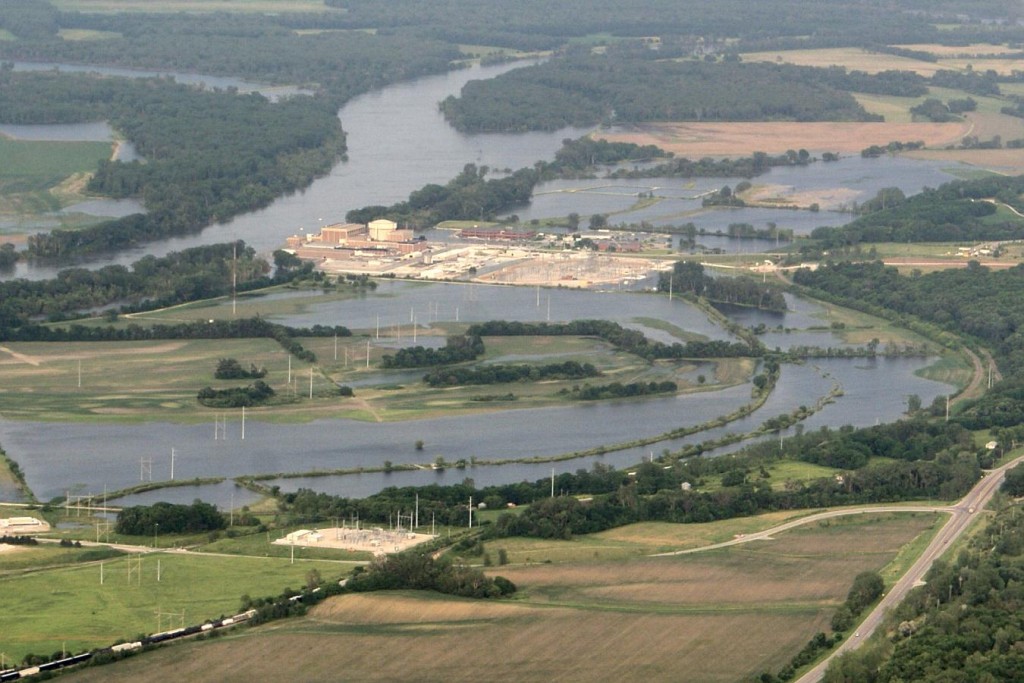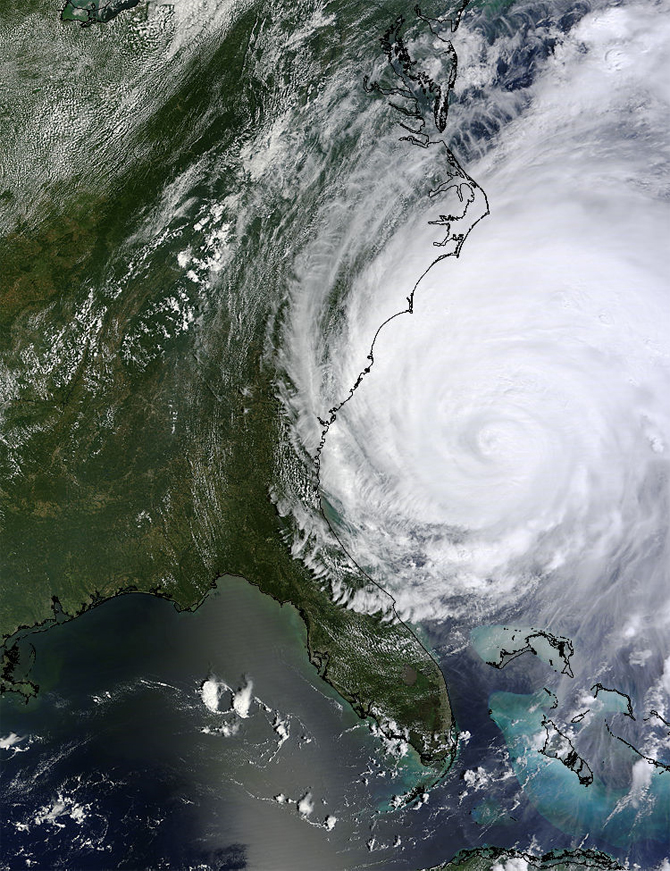Image 1: People enjoying the beach in Montreal, Canada, courtesy Jazz Hostels
While climate change and global warming will mean longer and hotter summers and shorter and warmer winters farther north in the northern hemisphere than previously, and even though we make like longer hotter summers and shorter, warmer winters …
Warmer and shorter winters mean thinner ice on frozen lakes – and people crashing through the thin ice and drowning in places like Maine, New Hampshire, Vermont, New York, Wisconsin, Minnesota, North Dakota, Montana, Idaho and Alaska, and Quebec, Ontario, Manitoba, Alberta, and British Columbia.
Longer hotter summers also mean warmer oceans and an atmosphere that can hold more heat.




